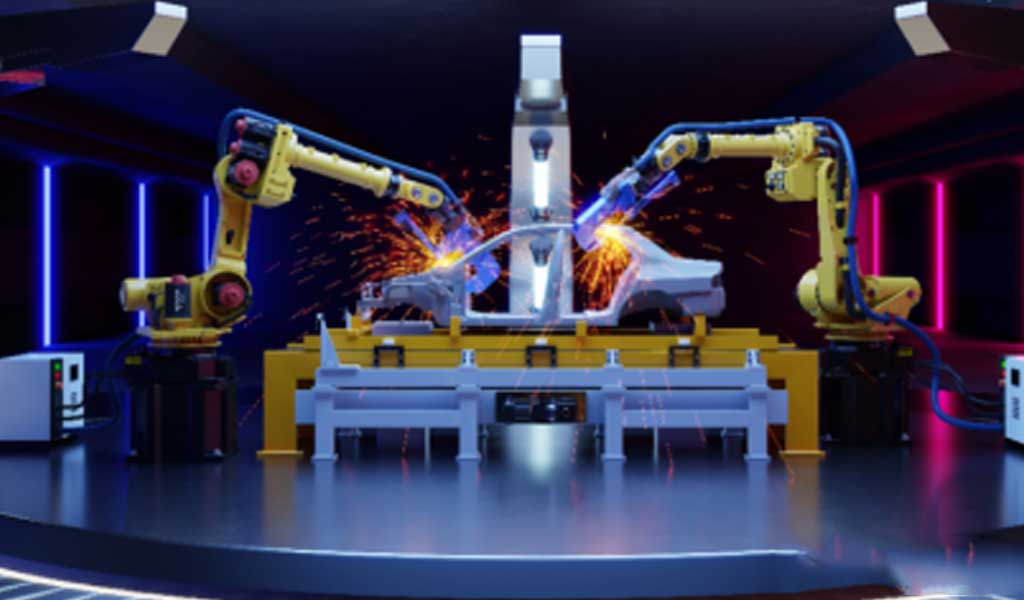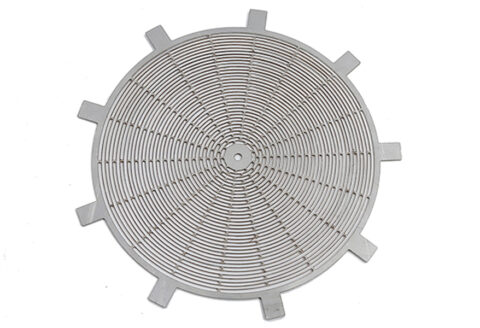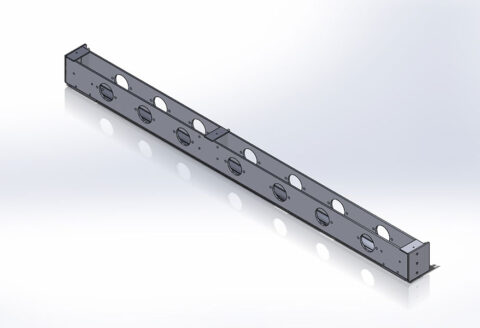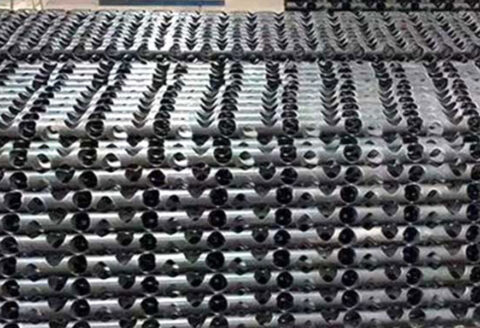
At present, the industrial manufacturing industry is relatively mature and is gradually developing towards a more advanced Industry 4.0. Industry 4.0 is fully automated production, that is, intelligent manufacturing. my country’s automobile industry is very developed. If the industry is divided into 1.0-4.0, generally between 2.0-3.0, some new production lines can reach the industry level of 3.5. At present, the purpose of automobile intelligent manufacturing is very clear, that is, to reduce energy consumption, improve quality and efficiency, achieve lean production, and improve the overall manufacturing level of automobile enterprises.
With the rapid development of modern material life, people’s requirements for comfort and aesthetics are gradually increasing, and the aesthetics and precision of automobiles are also very important. The traditional welding method has low precision, easy deformation and slow speed, and it is difficult to adapt to the development trend of modern automobile intelligent manufacturing. Laser welding technology is a high-energy-density laser beam and high-density laser beam as a heat source, high-precision, high-efficiency welding technology, which is very in line with the development trend of modern automobile manufacturing, and is more and more popular in the industry.
The Advantages Of Laser Welding Technology
Reduce processing costs
Automobile manufacturing is the combination and assembly of prefabricated parts by welding or riveting. Laser welding technology can effectively reduce the number of solder joints, reduce the use of materials, reduce the overall weight and save costs on the premise of ensuring quality.
Increase productivity
Laser welding can realize computer or digital control, high welding precision and fast welding speed. The welding speed is 3-5 times faster than traditional welding, which can significantly improve welding efficiency and overall manufacturing efficiency.
No post-processing required
Lasers can be used for small-scale local processing and small heat-affected areas, and can be used for precision welding. The surface of the finished product after welding is smooth and tidy, with an overall texture, which can be used without post-processing.
The body itself has less loss
Laser welding technology belongs to non-contact welding. The welding method is different from traditional welding. It does not need to use electrodes and has little effect on the loss and deformation of the machine tool. It can greatly reduce heat input and reduce the incidence of adverse effects caused by heat conduction.
broad applicability
Welding of two different materials is possible. Common metal materials on the market can be freely combined and welded, and angles that are difficult to achieve manually can be automatically welded with the robotic arm. Welding can be carried out in a normal environment without the need for a vacuum environment.
With the expansion of the global automobile market demand, while the automobile manufacturing process is accelerating, the advanced manufacturing technology represented by laser technology is also constantly promoting the upgrading of the automobile manufacturing industry. Laser welding technology can help car manufacturers improve the quality of welded joints, reduce accidents and accident losses caused by joint problems, help companies reduce costs, improve efficiency, and flexibly respond to market changes.
With the development of laser application technology, laser welding technology is widely used in many fields such as electronic consumables, shipbuilding, aerospace, etc., especially in the field of automobile manufacturing, such as automobile door welding, roof, side frame, parts and so on.


